Blend Science Lessons and Children’s Literature
A MiddleWeb Blog
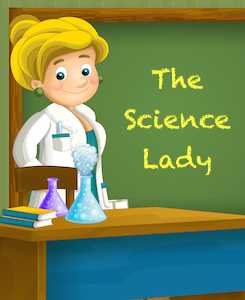 Please welcome Kathy Renfrew, our newest MiddleWeb blogger, who will be writing about “all things” middle grades science. Kathy is an NBCT and an NSTA activist who served as an early evangelist for the New Generation Science Standards. She’ll be reflecting about all that and more in a blog she’s decided to call “The Science Lady.”
Please welcome Kathy Renfrew, our newest MiddleWeb blogger, who will be writing about “all things” middle grades science. Kathy is an NBCT and an NSTA activist who served as an early evangelist for the New Generation Science Standards. She’ll be reflecting about all that and more in a blog she’s decided to call “The Science Lady.”
Just because I’m The Science Lady doesn’t mean I only do science. As a teacher of grades 4, 5 and 6 for many years in rural Vermont (where multi-age classrooms were more the norm), I know how precious learning time can be.
Like many middle grade teachers, I’ve faced the challenge of “finding time for science” when teaching multiple subjects. Where does it all fit in?
Meeting that challenge taught me the wisdom of making connections between science and other disciplines whenever possible. And the need to make those connections gave me the opportunity to blend two of my great passions, science and children’s literature.
I absolutely love designing and developing science learning experiences for students that involve children’s picture books! I’ve been lucky enough to have been involved with the NSTA Outstanding Trade Books selections, and most recently, the NSTA Best STEM Books program, which recognizes titles that are not “purely science” but that reinforce STEM thinking. Books selected for this program “model innovation, demonstrating authentic problem-solving and assimilation of new ideas, all while exploring solutions that show progressive change or improvement.” (2017 Best STEM Books)
In this piece I want to focus on the STEM books because identifying them is so intriguing. So let me take on you on a STEM book adventure.
Innovation and Science Research
The really great thing about being part of NSTA’s selection committee is that you get buried in new books! They begin arriving in late July, and I mean boxes of books from publishers. (My copies for the 2018 selections process should begin arriving anytime now.)
Last year I read over 200 books, including many that had amazing potential for engaging students in science and engineering, or a broader category of STEM.
One of the first books to arrive was Steve Jobs: Insanely Great. This book by Jesse Hartland is written as a graphic biography. Jobs was an amazing man of many talents. Some of his ideas worked well, some setbacks seemed insurmountable, but he carried on and became an extraordinary human being. Here’s the descriptive “blurb” at Amazon:
Whether they’ve seen Aaron Sorkin and Danny Boyle’s Steve Jobs movie, read Walter Isaacson’s biography, or just own an iPhone, this graphic novel retelling of the Apple innovator’s life will capture the imaginations of the legions of readers who live and breathe the technocentric world Jobs created.
This is a YA book and I think parts of it could be an amazing read aloud using an Elmo or other projection. I also think sharing it with students early in the year is a great idea to inspire young inventors, scientists, or just out-of-the-box thinkers. I love this quote from Paul Buyer’s blog 5 Things Teachers Can Learn About Excellence about Steve Jobs.
“Jobs was passionate, innovative, and someone who relentlessly pursued insanely great work. He had a zero tolerance policy for mediocrity, average, and settling. Great teachers think the same way.”
Another one of my favorites from last year’s pile would also be very effective early in a school year (I can see it being used at all grade levels). Notable Notebooks: Scientists and Their Writings by Jessica Fries-Gather made the NSTA Outstanding Trade Book list for 2017. This amazing book is all about scientists, their writing, and the notebooks they kept. Here’s part of NSTA’s description:
Notable Notebooks…brings to life the many ways in which everyone from Galileo to Jane Goodall has used a science notebook, including to sketch their observations, imagine experiments, record data, or just write down their thoughts. You also get four steps to starting your own notebook, plus mini-bios of the diverse featured scientists.
Two of my favorite scientists in this book are the African American zoologist Charles Henry Turner and primate researcher Jane Goodall. I was fascinated to learn that insects can hear and bees see color and patterns – we know this because of Turner’s research notes. The information about Jane Goodall captured my attention right away with the photographs of her actual field diaries. Students will love it too. This book would a great way to introduce the importance of keeping science notebooks.
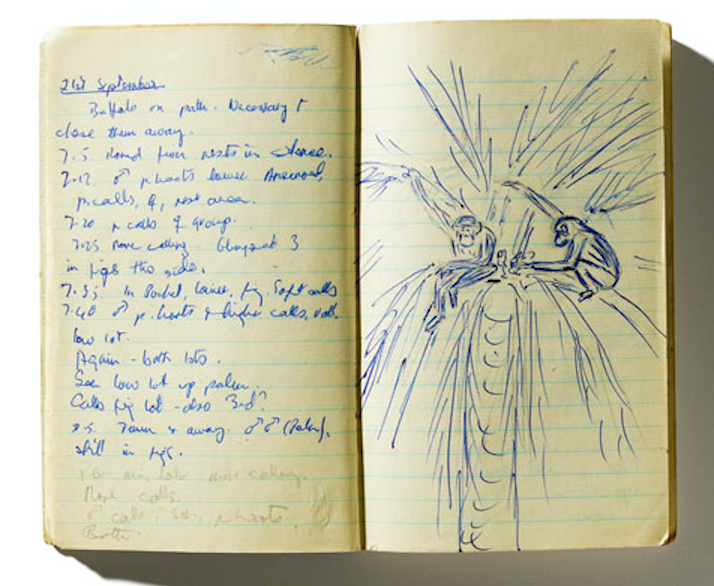
Goodall’s chimp observations (9/21/61) with time notations and sketch. (Source)
Two More Favorites: An Inventor’s Tale and Some Fearsome Weather
What student wouldn’t be swept away by a book titled Whoosh!: Lonnie Johnson’s Super-Soaking Stream of Inventions, which tells the story of inventing the SuperSoaker toy. It was an adventure!
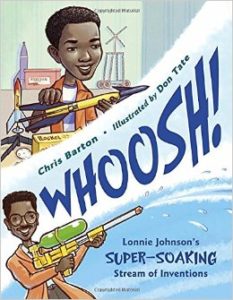
Coming off of summer, students will likely find Johnson’s story particularly interesting. From my point of view it is another great book for early in the year when I want to work with my kids to open up their minds and have them become out-of-the-box thinkers. It’s a wonderful lead-in to a conversation about the importance of persistence and the awesome payoffs it can have.
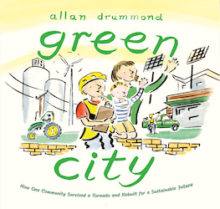
When I’ve used the book here in the eastern part of the United States, a regular student question is “Could that happen in our town?” which often leads to a discussion that is led by the students. They are fully engaged because this could be them!
I have developed some potential lessons for Green City which I am sharing here, but it would be great to hear what other people are thinking.
Picture Books Engage All Ages
Those are just a few of the many books that excite me on NSTA’s annual lists. Be sure to explore this valuable annual resource for yourself.
My purpose (and I’m sure your purpose) is to develop and nurture the curiosity, creative thinking, and persistence of young people, and one way we can do that is through the use of high-quality children’s picture books.

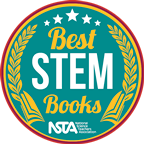
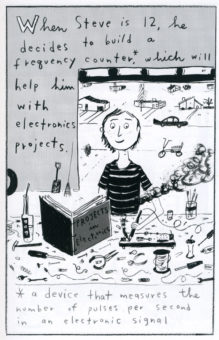
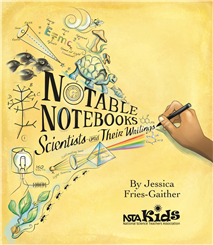



































This was a wonderful blog to read and I am going to incorporate the suggested books for beginning of the year activities!
Kathy, I have followed you for some time on twitter and always enjoyed your presence on #scitlap Wednesdays. Best of luck with your new adventure and thank you for being an advocate for science education.
Thank you some much for the Twitter follow. I appreciate it and I certainly appreciate you taking the time to leave a comment here. I would love to talk more about some of the other books and what you might be able to do with them.
Great blog. Excellent way to incorporate literature with science curriculum. Will share with teachers and principals I coach.
Happy you found it valuable. I love connecting science and literature. Another one of my favorite books on a past NSTA Outstanding Trade Books is The Watcher, an awesome book about Jane Goodall.
Kathy – Nat Vaughn sent this along. I think you have participated in some of our (Medfield) twitter chats perhaps. We are in the early stages of sci implementation across the elementary grades and I think using trade books or other literature might be a great way for elementary teachers to incorporate some stem thinking/lessons into their day. Would love to talk some more with you about this if you have time – thanks for sharing.
Orla,
I would love to connect with you. Yes, I have participated in the Medfield Twitter chats and looking forward to doing so again. I am a soon to be elementary science content specialist for the Westwood School District. Feel free to email me at krsciencelady@gmail.com . I totally agree with you that using literature might be a door into science and STEM thinking. I have some more lessons for other picture books that can be connected to the new MA science and Technology standards.
So glad to see you blogging on MiddleWeb, Kathy! Your expertise will be so helpful, as this article evidences. I’m going to use some of these titles in an upcoming STEM presentation I’m doing for some terrific language arts teachers. The wall between disciplines is truly breaking down, and folks such as you are leading the charge! Great post!
Thank you Anne. I love my new writing opportunity and I absolutely love being conected with awesome educators like yourself.